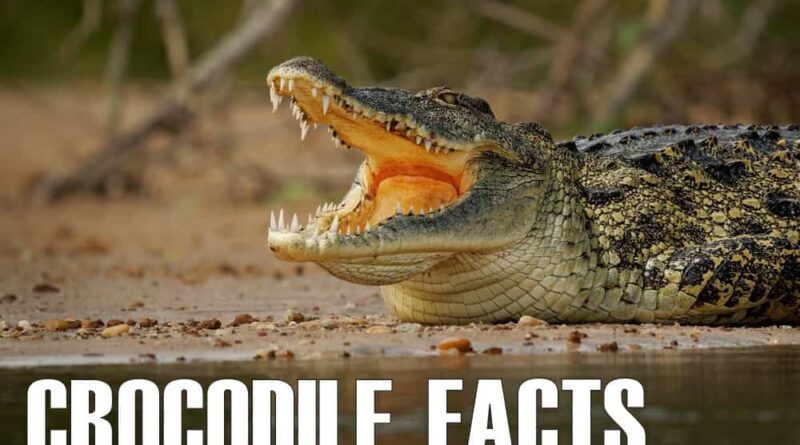Nile Crocodile Limb Structure An In-depth Exploration
Nile Crocodile Limb Structure An In-depth Exploration The Nile crocodile (Crocodylus niloticus), one of the largest and most formidable predators in Africa, is renowned for its adaptability in both aquatic and terrestrial environments. While their sharp teeth and powerful jaws often steal the spotlight, the limb structure of the Nile crocodile is equally impressive, playing a crucial role in its survival. This article delves into the anatomy of their limbs, exploring how these structures are perfectly suited for their dual life in water and on land.
General Overview of Reptilian Limb Structure
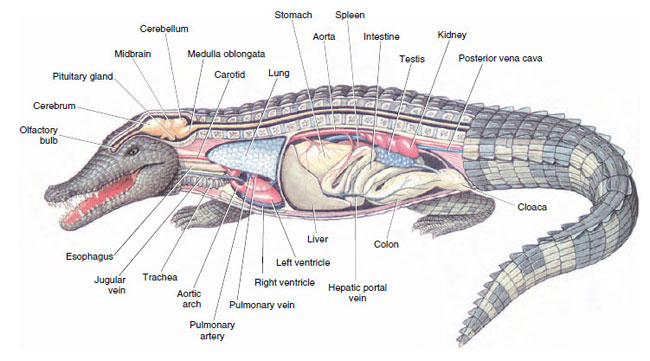
Reptilian limbs, in general, exhibit a basic structure with adaptations specific to the needs of each species. Reptiles such as lizards and crocodiles possess four well-developed limbs, unlike snakes, which have lost theirs through evolution. Crocodilians, including the Nile crocodile, have retained this ancestral trait, but their limbs have evolved unique features that allow them to thrive in both aquatic and terrestrial environments.
Here’s a table summarizing the key aspects of the Nile crocodile’s limb structure:
| Aspect | Forelimbs (Anterior Limbs) | Hindlimbs (Posterior Limbs) |
|---|---|---|
| Bones | Humerus, radius, ulna, carpals, metacarpals, phalanges | Femur, tibia, fibula, tarsals, metatarsals, phalanges |
| Joints | Shoulder joint, elbow joint | Hip joint, knee joint, ankle joint |
| Musculature | Deltoid, biceps (used for lifting, gripping, locomotion) | Quadriceps, gastrocnemius (used for powerful swimming and jumping) |
| Adaptations for Movement | Helps in steering, stabilization in water; supports weight on land | Primary propulsion in water; support for movement on land |
| Claws and Functionality | Sharp claws for digging nests, grasping prey | Claws aid in movement and support |
| Webbed Feet | None | Webbing between toes increases swimming efficiency |
| Role in Aquatic Life | Assists in steering and maintaining balance | Main limbs for propulsion and navigation |
| Role in Terrestrial Life | Supports body weight during slow movement on land | Provides power for walking, running short distances |
Forelimbs (Anterior Limbs)
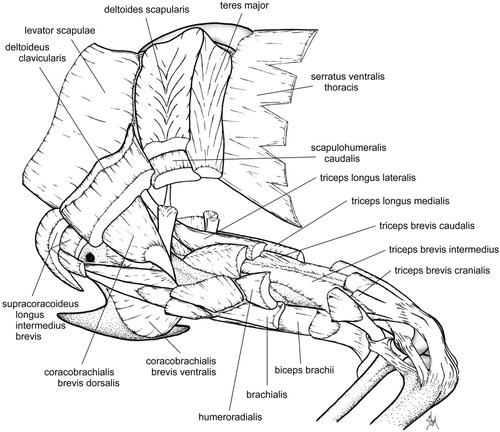
Bones and Joints
The forelimbs of the Nile crocodile consist of several major bones, including the humerus (upper arm bone), radius, and ulna (forearm bones), as well as smaller bones like carpals, metacarpals, and phalanges (finger bones). These bones are connected by strong joints, such as the shoulder joint, which allows for a wide range of motion, and the elbow joint, which enables flexion and extension crucial for walking and swimming.
Musculature
The musculature of the forelimbs is powerful, with muscles that facilitate both gripping and lifting. Muscles such as the deltoid and biceps play a critical role in forelimb movement, assisting the crocodile in crawling across land or reaching out to grab prey. These muscles also contribute to the crocodile’s ability to push off the ground or propel itself forward during short bursts of speed on land.
Adaptations for Movement
On land, the forelimbs help distribute the crocodile’s considerable weight, especially during slow, deliberate movements. In water, however, their role changes significantly. Though not as essential for propulsion as the hindlimbs, forelimbs are used to steer and stabilize the body during swimming. Their positioning and range of movement allow for efficient navigation both on land and in the water.
Claws and Digging Functionality
Each forelimb is equipped with sharp claws that serve a variety of purposes. Primarily, they aid in digging, an essential behavior for nesting and burrowing. Nile crocodiles dig holes in sandy banks to lay their eggs, and the claws on their forelimbs are perfectly designed for this task. Additionally, these claws are useful for gripping prey, allowing the crocodile to hold onto struggling animals before delivering a fatal bite.
Hindlimbs (Posterior Limbs)
Bones and Joints
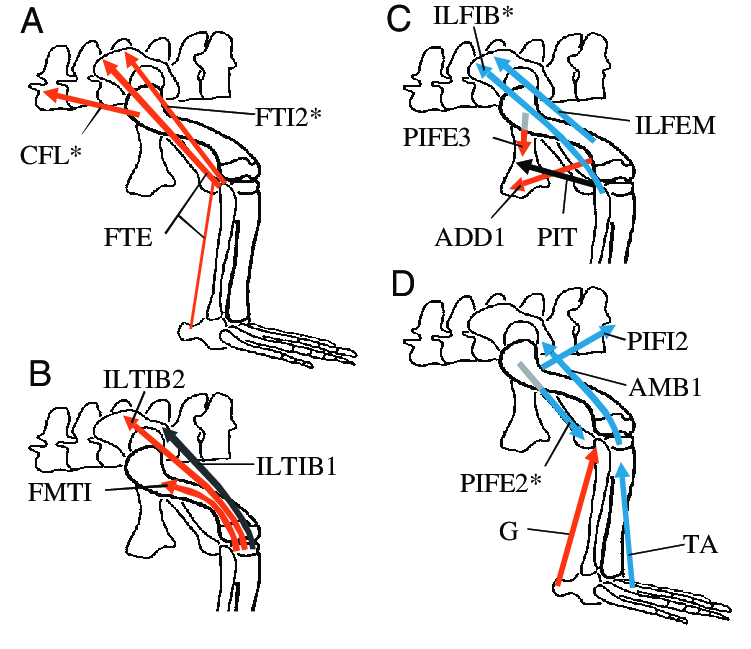
The hindlimbs of the Nile crocodile are more robust than the forelimbs, featuring larger bones such as the femur (thigh bone), tibia, and fibula (lower leg bones). The joints connecting these bones, including the hip, knee, and ankle joints, are strong and flexible, enabling a wide range of motion. These powerful limbs provide the majority of the crocodile’s propulsion in both terrestrial and aquatic environments.
Musculature
The hindlimbs contain large, powerful muscles such as the quadriceps and gastrocnemius, which are critical for strong, rapid movements. These muscles allow the crocodile to generate the power needed for swimming, jumping, and even running short distances on land.
Adaptations for Locomotion
In water, the hindlimbs act as primary tools for propulsion, pushing the crocodile forward with strong, sweeping motions. Their size and strength are key to the animal’s ability to glide quickly through water, especially during ambushes. On land, they help the crocodile move in a low-to-the-ground, semi-sprawling gait. While not built for long-distance running, Nile crocodiles can burst into surprising speed when necessary, particularly when launching an attack.
Webbed Feet
One of the most noticeable adaptations in the hindlimbs is the presence of webbing between the toes. This feature greatly enhances the crocodile’s swimming abilities by increasing the surface area of the feet, allowing for more efficient propulsion through water. The webbing also helps with steering and maintaining balance while swimming, making it easier for the crocodile to maneuver through its aquatic habitat.
Limb Adaptations for Aquatic vs. Terrestrial Life
Aquatic Adaptations
The Nile crocodile’s limbs are adapted to excel in water. The streamlined body, combined with the webbing in the hind feet, allows for swift, smooth movement through aquatic environments. The forelimbs, while less crucial for swimming than the tail and hindlimbs, assist in steering and making sharp turns. The positioning and flexibility of the limbs also help the crocodile to stay submerged, often lying motionless with only its eyes and nostrils above the water surface while stalking prey.
Terrestrial Adaptations
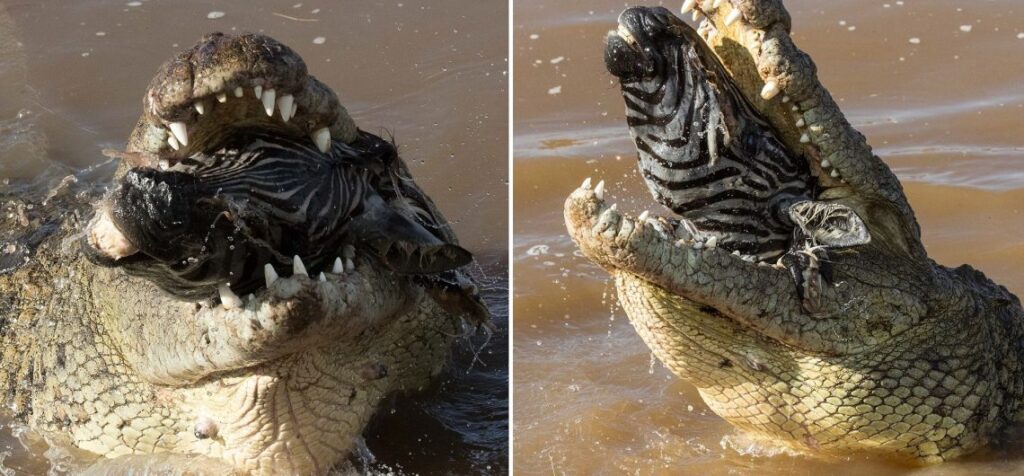
On land, the limb structure shifts from being tools for swimming to supporting the crocodile’s massive body weight. Though the Nile crocodile spends much of its time in the water, it is equally capable of moving on land, especially when basking in the sun or traveling between water bodies. The combination of sturdy bones, strong muscles, and flexible joints allows it to walk with a distinctive low gait, conserving energy while moving across land.
Comparison with Other Crocodilian Species
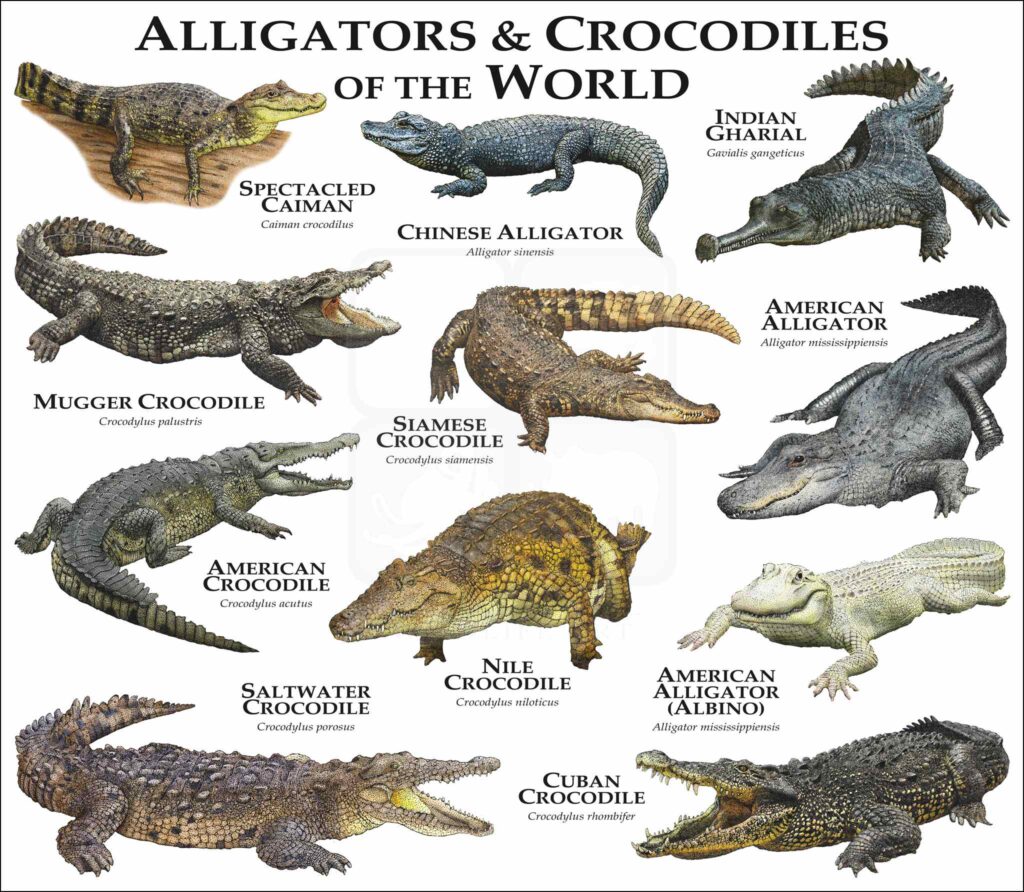
While the basic limb structure of crocodilians is largely similar across species, there are some notable differences. For example, the American crocodile (Crocodylus acutus) and the saltwater crocodile (Crocodylus porosus) share many of the Nile crocodile’s limb features, such as webbed feet and powerful hindlimbs, but variations in size and habitat can influence slight differences in movement efficiency. These subtle distinctions illustrate how different species have adapted to their specific environments while maintaining the core characteristics of the Crocodylidae family.
Conclusion
The limb structure of the Nile crocodile is a marvel of evolutionary adaptation, allowing these ancient reptiles to dominate both land and water environments. Their forelimbs and hindlimbs are perfectly suited for their roles in locomotion, hunting, and nest-building. From the powerful muscles that drive their movements to the webbed feet that enhance their swimming, every aspect of the Nile crocodile’s limbs reflects the incredible adaptability of this species. Understanding these structures not only gives us insight into the crocodile’s daily life but also helps shed light on the evolutionary history of one of nature’s most efficient predators.
References
- Detailed anatomical studies of reptilian limb structure
- Comparative analysis of crocodilian species’ locomotion and adaptations
- Research on crocodilian biomechanics and evolutionary adaptations for aquatic and terrestrial life
Tips for limb structure of the Nile crocodile:
Focus on Key Bones
- Familiarize yourself with the major bones in the forelimbs and hindlimbs (humerus, femur, radius, tibia, etc.) to understand how each part contributes to movement and function.
Compare Limb Functions
- When studying, compare the role of forelimbs and hindlimbs in different environments. Forelimbs are more involved in stabilization and steering, while hindlimbs are primarily used for propulsion in water.
Understand Muscular Adaptations
- Explore the specific muscles involved in movement, such as the biceps and quadriceps. This will help you grasp how different muscle groups are responsible for strength and agility.
Examine Webbed Feet Functionality
- Pay attention to the webbed structure in the hindlimbs. This feature is key to their aquatic efficiency and demonstrates the crocodile’s adaptation to its environment.
Observe Behavioral Adaptations
- Take note of how limb structure supports the crocodile’s behaviors like swimming, digging, and walking. Understanding these behaviors can enhance your appreciation of their anatomical features.
Use Visual Aids
- Study diagrams or 3D models of the Nile crocodile’s limb anatomy. Visualizing the structure can make it easier to remember the details of their bone and muscle configuration.
Compare with Other Reptiles
- Compare the Nile crocodile’s limb structure with that of other reptiles like lizards or turtles to better understand its unique adaptations for aquatic and terrestrial life.
Review Evolutionary Significance
- Consider the evolutionary context of their limbs. Why have Nile crocodiles retained strong, well-developed limbs when other reptiles have evolved differently?
FAQs: Nile Crocodile Limb Structure
What are the main functions of a Nile crocodile’s forelimbs?
The forelimbs of a Nile crocodile help with stabilization and steering while swimming and are also used for walking on land. They are equipped with sharp claws that aid in digging nests and grasping prey.
How are the hindlimbs different from the forelimbs?
The hindlimbs are more powerful than the forelimbs, with stronger muscles and larger bones like the femur, tibia, and fibula. Hindlimbs are essential for swimming propulsion, while forelimbs play a bigger role in steering and stabilization.
Do Nile crocodiles have webbed feet?
Yes, the Nile crocodile’s hindlimbs have webbed feet, which are crucial for swimming. The webbing between the toes increases surface area, helping the crocodile move efficiently through water.
How do the Nile crocodile’s limbs help it move on land?
On land, both forelimbs and hindlimbs support the crocodile’s weight. The limbs enable the animal to walk with a low, sprawled gait, and while not built for running long distances, the hindlimbs help it to burst into short, fast sprints when necessary.
What is the role of claws in a Nile crocodile’s limbs?
The sharp claws on both forelimbs and hindlimbs serve different purposes. Forelimb claws are primarily used for digging nests and holding prey, while hindlimb claws assist in movement and stability during walking.
How are the limbs of Nile crocodiles adapted for swimming?
The hindlimbs, with their webbed feet and strong muscles, are the primary tools for swimming. They provide powerful propulsion and help the crocodile navigate through water. The forelimbs assist in steering and keeping the body balanced while swimming.
Are there differences in limb structure between Nile crocodiles and other crocodilian species?
Yes, while all crocodilians share a similar basic limb structure, there are slight differences based on habitat and species. For example, the American crocodile and saltwater crocodile have similar adaptations but vary slightly in size, strength, and movement efficiency.
How do the limbs of Nile crocodiles compare to other reptiles?
Unlike snakes, which have lost their limbs, or lizards, whose limbs are primarily used for terrestrial locomotion, the Nile crocodile’s limbs are highly specialized for both land and water. Their limb structure allows them to excel in dual environments, unlike many other reptiles.
Why are the hindlimbs more powerful than the forelimbs?
The hindlimbs are designed for strong propulsion, especially during swimming. They have larger muscles and bones, which provide the power needed to move swiftly in water, compared to the forelimbs, which have more precise roles like steering and stabilization.
What role does limb structure play in the crocodile’s evolutionary success?
The highly specialized limb structure of Nile crocodiles is a key factor in their survival and evolutionary success. Their ability to move efficiently on land and in water allows them to hunt in diverse environments and thrive in habitats ranging from rivers to lake
